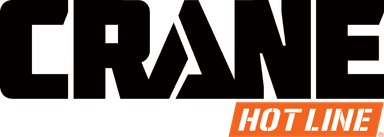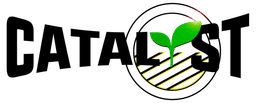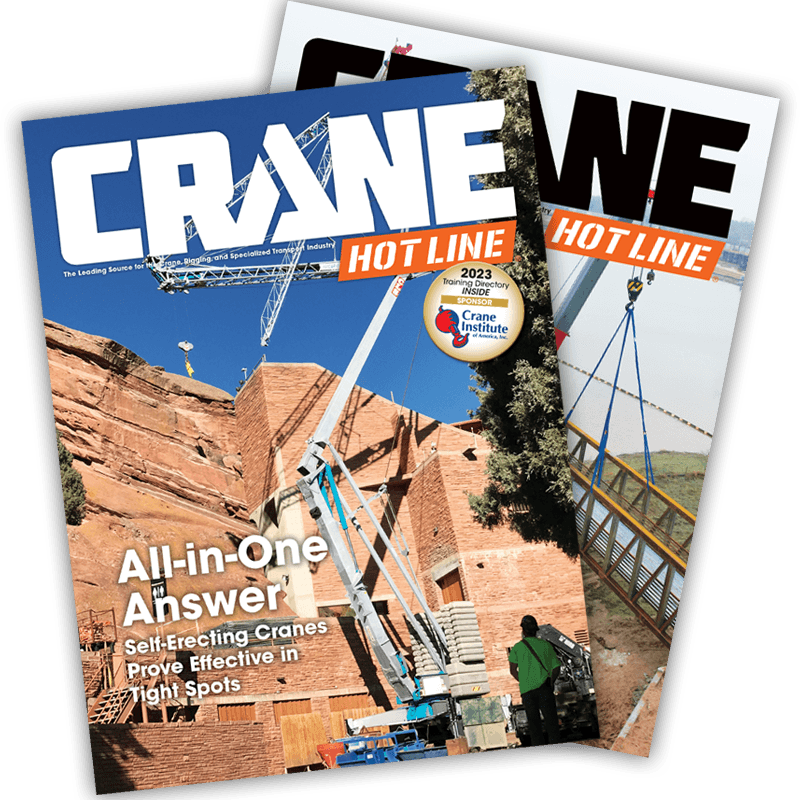RFID Takes Industry by Storm
 |
| Lucy Perry |
May 23, 2007 • I read recently that the construction equipment industry has yet to embrace RFID technology. Although it could be a viable tool in this market, it has been slow to make an impression with heavy equipment manufacturers as a whole. But if the rigging sector is any indication, one big group hug is on the way. Since last year's introduction by The Crosby Group of a radio frequency identification device for monitoring the condition of slings, the technology has sparked the interest of other manufacturers that see diverse applications for a commonplace tool.
The technology is already in place in warehouses where a simple scan tracks the contents of containers and pallets, and in the workplace where an identification screen allows entry with the swish of an ID badge. As a consumer, you'll see RFID technology in action when you return your rental car to the airport. With a device that looks much like a calculator in hand, an attendant will walk up to your car and ask to scan your contract and the car's mileage. In a matter of minutes, you've got your trip history in a palm-sized digital printout • which also serves as a rental receipt.
The crane and rigging industry is at the beginning of what could be described as long-term commitment to RFID. Heads began to turn when the industry got a glimpse of the technology with the introduction of Quic-Check® Tagging and Identification System by The Crosby Group last fall. With Quic-Check's combination of an electronic inspection program and RFID technology, a user can scan a tag and receive data on the last time the sling was inspected and the status of that last inspection.
Since then, the rapid-fire succession of similar products is taking the rigging sector by storm. Unirope has teamed up with N4 Systems to develop FieldID, a program for tracking the maintenance and safety inspection of its lifting products. Inspection and maintenance records for each sling are stored in an electronic database, and using handheld “interrogators,” inspectors can call up the sling's history.
Lift-It® Mfg. Co. Inc. has introduced InfoChip® to increase the accuracy and consistency of sling inspections. A “digital audit trail” follows the history of a sling's inspections, repairs, testing and certification. Field-captured information is tracked through maintenance alerts via the Infochip IC Online manager.
For companies that fabricate custom slings and wire rope, products like First Sling Technology's Synthetic Sling Identification System are essential for tracking the history of a product from fabrication to sale. RFID interface is the natural next step in the process, says Bryan Campbell, director of marketing for Distributor Computer Systems Inc., designer of First Sling's identification program.
Currently, traceability ends at order pickup, says
Forward-thinking N4 Systems has designed a product that can be used as a management tool for other rigging components as well as for cranes. The user simply places an RFID tag on a crane, for example, and associates that tag in the computer program. When an inspection is performed, the inspector scans the crane to identify it, and the program then displays the correct inspection criteria. The information transfers to a secure website so that end users can log in and view reports and certificates almost instantly, according to N4 Systems.
And, the product is open-ended, so that unlike Quic-Check, an affinity system for use with Crosby products, N4 Systems' FieldID allows end users to view data for many types of sling products, as well as different types of equipment, whether it be a shackle, a chain sling or a crane.
Companies don't want to be limited to one manufacturer, says Somen Mondal, co-CEO at N4 Systems. They're looking for a system that is compatible with all RFID hardware and all product types so they can avoid having one system for slings, one for hardware, and one for cranes.
In a conversation about RFID technology at a recent industry meeting, one wire rope manufacturer indicated to a 360 staffer he was under the belief that his company was the first to bring RFID to the sling inspection process. He said the fact that his company was not first on the scene is indicative of the fact that the industry has figured out how to apply it efficiently.
For the crane and rigging gear user, the industry's RFID embrace means safer working conditions, longer equipment life, and more efficient operations.
Editor's Note: More on how RFID technology is taking the crane and rigging industry by storm in the July issue of Crane Hot Line magazine.


